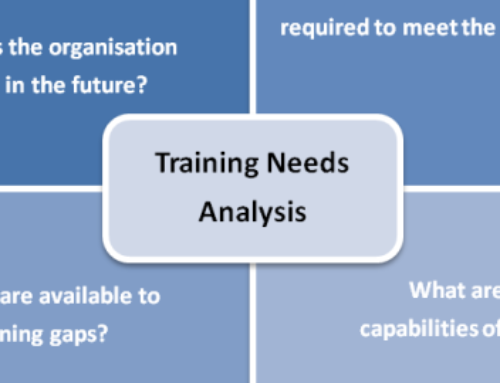Episodic memory refers to memory for particular events situated in space and time, as well as the underlying cognitive processes and neural mechanisms involved in remembering those events.
Episodic memory is the memory of autobiographical events (times, places, associated emotions, and other contextual who, what, when, where, why knowledge) that can be explicitly stated or conjured.
A key ingredient of episodic memory that distinguishes it from other forms of memory is the retrieval of information regarding the spatial and/or temporal context in which the remembered event occurred. For example, if one remembers the party on their 6th birthday, this is an episodic memory. They allow an individual to figuratively travel back in time to remember the event that took place at that particular time and place. In most contexts, episodic memory is synonymous with explicit memory, although the former term is usually used to represent a memory system and the latter term to designate types of tests that are used.
Many tests have been designed to measure certain aspects of episodic memory in the lab, including:
- Free recall (recall of a set of material in any order)
- Serial recall (recall of events in order)
- Cued recall (recall of events given specific cues)
- Recognition judgments (recognizing studied material intermixed with nonstudied material)
- Source judgments (recognizing the source of presented material, such as whether it was presented auditorily or visually).
There are essentially nine properties of episodic memory that collectively distinguish it from other types of memory. Other types of memory may exhibit a few of these properties, but only episodic memory has all nine:
- Contain summary records of sensory-perceptual-conceptual-affective processing.
- Retain patterns of activation/inhibition over long periods.
- Often represented in the form of (visual) images.
- They always have a perspective (field or observer).
- Represent short time slices of experience.
- They are represented on a temporal dimension roughly in order of occurrence.
- They are subject to rapid forgetting.
- They make autobiographical remembering specific.
- They are recollectively experienced when accessed.
Episodic memory emerges at approximately 3 to 4 years of age. Activation of specific brain areas (mostly the hippocampus) seems to be different between younger (aged 23–39) and older people (aged 67–80) upon episodic memory retrieval. Older people tend to activate both their left and right hippocampus, while younger people activate only the left one.
How can we teach students to use episodic memory strategies on their own?
Thoughts & Strategies
Putting Our Knowledge About Episodic Memory To Work In The Classroom
- Episodic memory strategies can be used to teach anything. Developing plans that use location, circumstances, themes, and colour will result in more long-term potentiation.?
- By using different locations as a purposeful teaching tool we are also tapping into the positive effects of movement on learning.
- ?As teachers we don’t want to contaminate our classroom or ourselves with negative emotions.
- If location can be used to trigger content, the places in the classroom or gymnasium can be used to improve memory and recall. Furthermore, teachers can also plan to use locations outside the classroom to help students create stronger memories. Going to the same spot in the room or the creating the same formation of the class when teaching and reviewing specific content can be a very powerful memory aid. An example – creating a memory circle.
- Physical educators have a wonderful opportunity to capitalize on episodic memory because of the amount and variety of space they have available. Classroom teachers can use other locations in the building and spaces available outside to capitalize on this memory pathway. We can create many “physical addresses” for learning.





